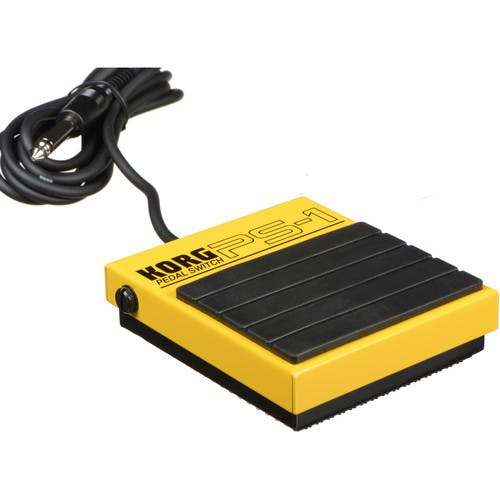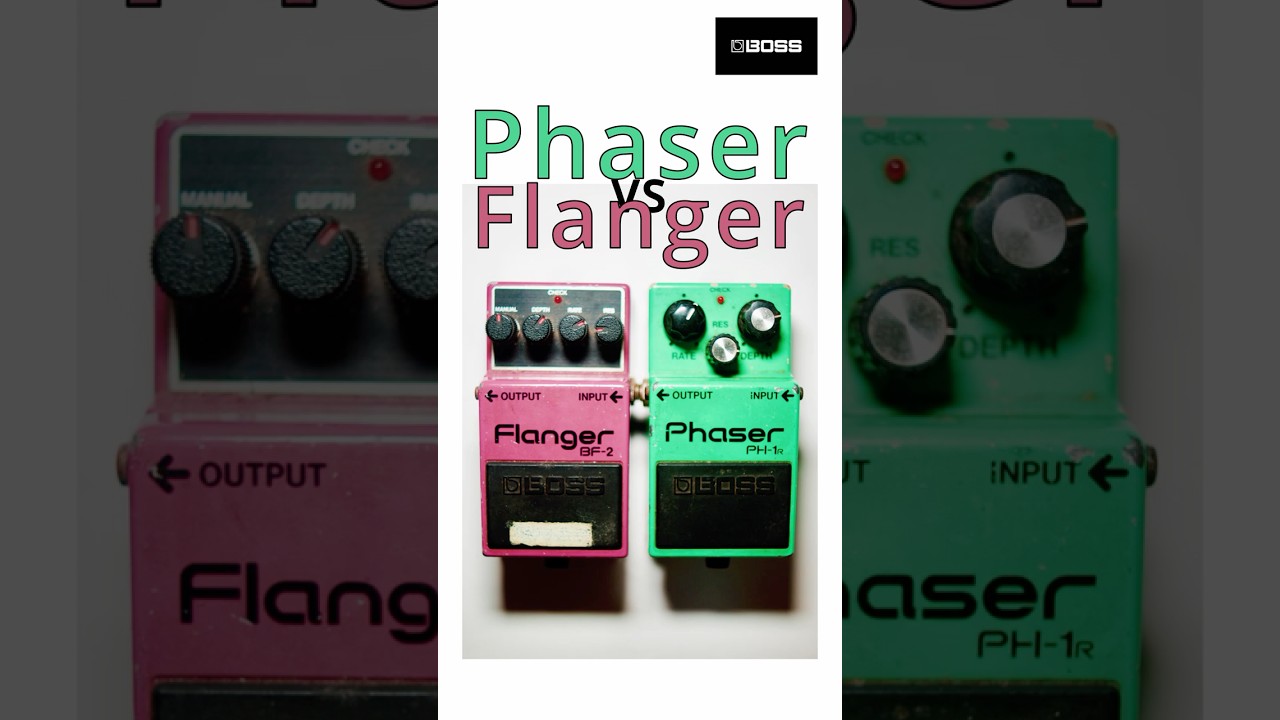Description
The Korg Nu:Tekt HD-S Harmonic Distortion Effect Pedal Kit is currently retailing at £185 and it is out of stock. Available to be delivered to you by post direct (some charge may apply).The team at Just Pedals think that Korg nailed it with the Korg Nu:Tekt HD-S Harmonic Distortion Effect Pedal Kit. Korg Nu:Tekt HD-S Harmonic Distortion Effect Pedal Kit

























